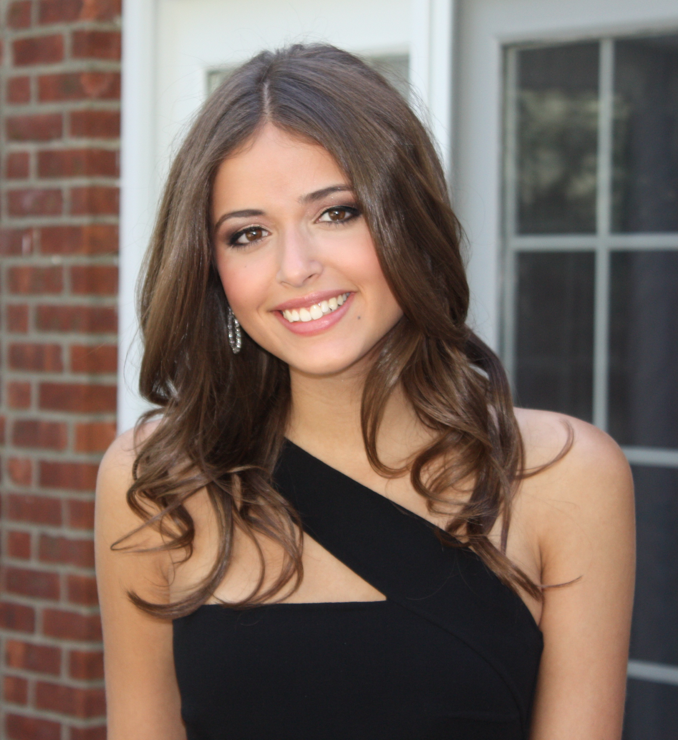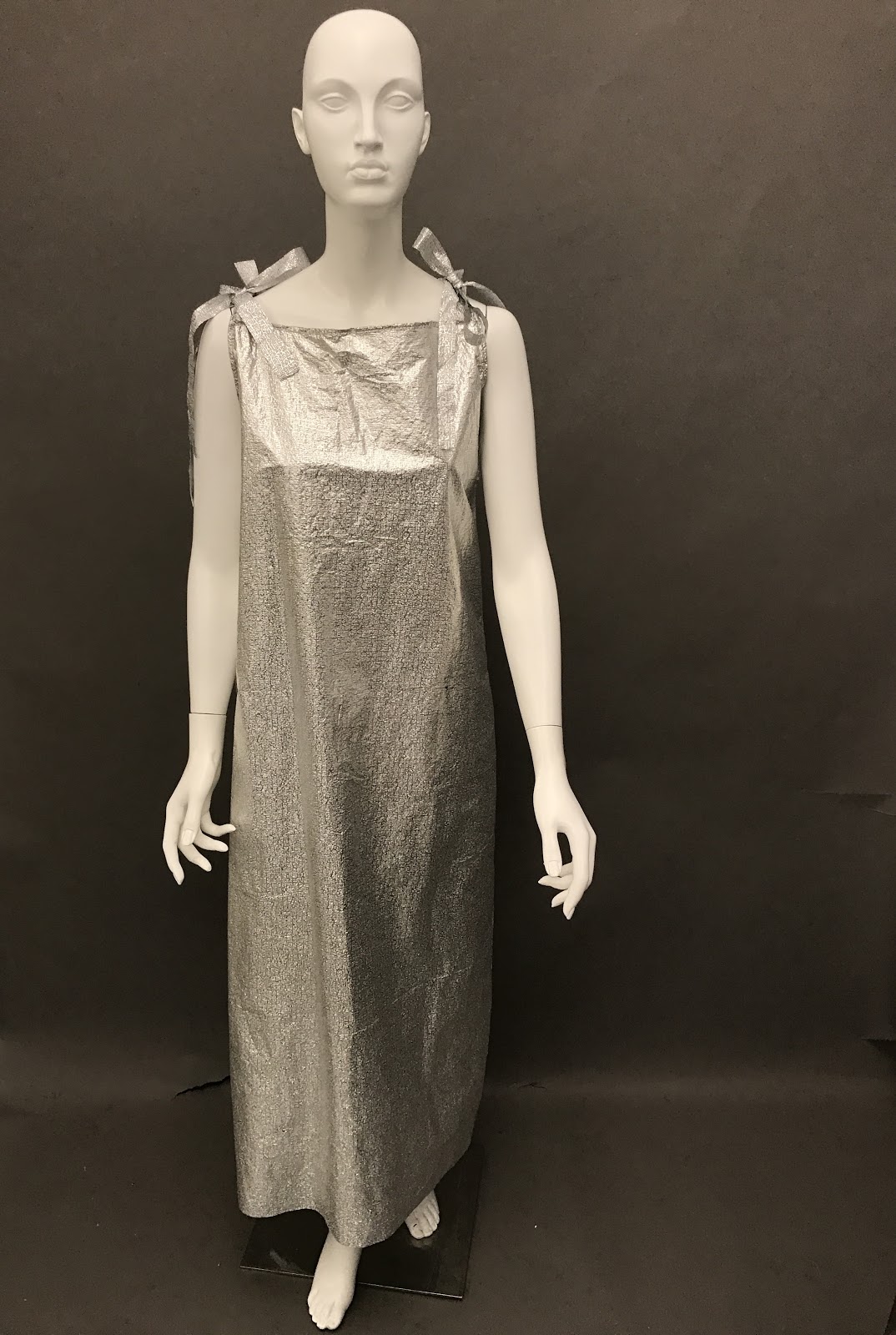Name: Allie Malakoff
Class year: 2020
Major: Fashion Design Management
When did you begin working in the collection and what inspired you to join the CCTC?
I began working in the collection my first semester of freshman year. I was inspired by the breadth of variety, in both aesthetics and history, of the collection. I knew once I was first exposed to the collection that I wanted to be able to learn more about some of the unique pieces in the collection, and to help care for the pieces so that students after me would be able to learn from them and appreciate the pieces like I had.
What is your favorite piece in the Cornell Costume & Textile Collection and why?
My favorite piece in the collection is the silver Mars of Asheville paper dress. This dress represents a ridiculous fad from the late 1960s; a fad I would not have known about if I didn’t work in the CCTC.
Share one surprising thing you’ve learned while working in the collection:
One surprising thing I learned in the collection is that appearance of an article of clothing is only half of the significance. It is very common for pieces of clothing to look similar to one another; however, these two garments can have completely different stories or historical significance. They could come from two completely different parts of the world or be made of contrasting materials. In order to really assess a garment it is important to take all aspects of its cultural life and provenance into consideration.
What are your career goals?
Being a sophomore, I am still trying to figure out exactly what I want to do post-graduation. However, I do know that working in the CCTC has helped me manage my time more effectively. I have learned to plan my schoolwork around my hours in the collection, to stay better organized, and I’ve improved my research skills. All of these qualities I have learned from working in the CCTC, and I know they will help me succeed in whatever work environment I decide to pursue.
If you were to donate one item from your personal wardrobe to the collection, what would it be and why?
I would donate my Bat Mitzvah dress. I think the most valuable garments in the collection are ones that have a story and extreme personal value. This dress signifies my coming of age. It has a powerful meaning and true sentimental value.
What is missing from the CCTC? What garment, textile, or accessory do you think we should have, but don’t?
The collection is fortunate enough to house many significant pieces from history; however, what is missing from the collection are pieces that represent the diversity of fashion trends in our current time. The CCTC could benefit from owning examples of trends that are powerful now, like street wear trends. The CCTC could use an “Off-White” sweatshirt or limited edition “Anti-Social Social Club” sweatshirt.
What has been your most meaningful experience/project/achievement/memory working in the CCTC?
My most meaningful project has been working on the collection inventory. Throughout this project I have been able to examine pieces of the collection I would have otherwise never seen. I got to access garments, hats, and gloves and learn about the history behind each of them. I was truly able to expand my knowledge of the collection through this project.
What is your hope for the future of the CCTC?
My hope for CCTC in the future is that we become more well-known on campus. I would love for the CCTC to showcase exhibits on other parts of campus to encourage more people outside of FSAD to learn the history behind the garments in the collection. Fashion and textiles connect to many different academic areas: from material science and engineering, to architecture, fine arts, the humanities, social sciences, agriculture, and labor. It is exciting to be part of such an interdisciplinary field, and to contribute to the documentation and preservation of our social and cultural history through dress.




